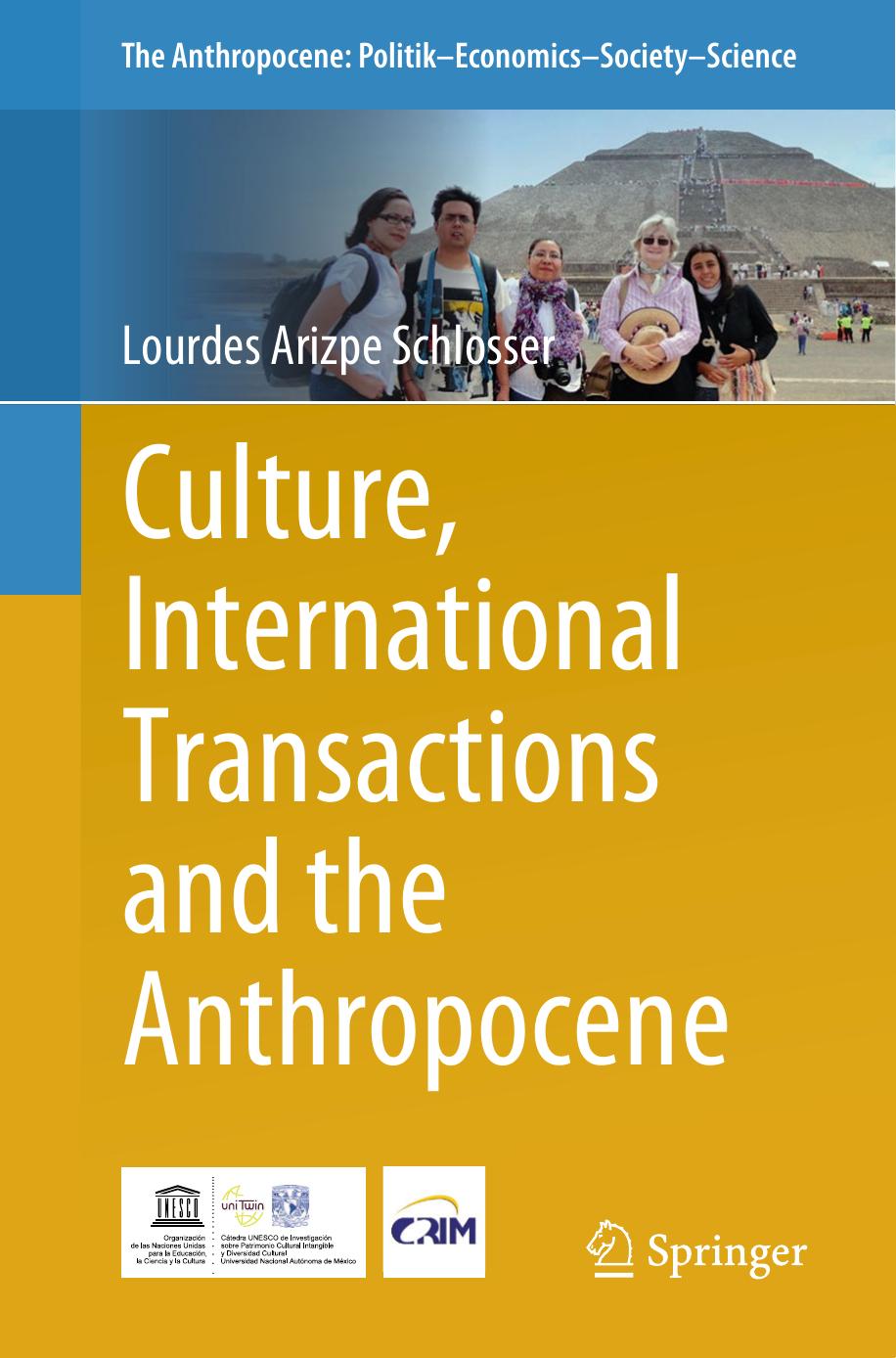Culture, International Transactions and the Anthropocene by Lourdes Arizpe Schlosser

Author:Lourdes Arizpe Schlosser
Language: eng
Format: epub, pdf
ISBN: 9783642416026
Publisher: Springer Berlin Heidelberg
7.5 Consciousness, Culture or Soul? The Pontifical Academy of Sciences
As the debates recorded in previous chapters have shown, culture and religion were variously taken to be adversarial, or complementary, or part of a zero-sum game. As mentioned in previous chapters, I have always argued that Samuel Huntington used “cultural clash” as a surrogate for “religious clash” as he bulldozed his way through historical and anthropological evidence to advance his argument that the world could be carved up into ‘civilizations’ (in his later writings, ‘cultures’); and he referred to all of them in terms of religions. This debate was again taken up by major actors on the international scene in the first decade of the twenty-first century, among them, the Vatican .
The arcane, hushed buildings of the Vatican appeared to me to be the world of the unspoken, of ritualized expressions that created such a dense haze that reality was not present. For an anthropologist, the strangeness of the visible social relationships belied an extremely complex underground of rules and prohibitions. I was struck to find priests in dark robes in twos and threes walking purposefully along corridors and reception areas all the time—because, I discovered, they could not be alone together in their own rooms. My fieldwork questions immediately found the answer: priests were forbidden to be together inside any of the sleeping rooms, with no further explanation given. Meanwhile, I could not help but notice that all meals as well as other services were provided by women, most of them with faces and skin colour which indicated they came from developing countries. Soft fieldwork inquiries with them failed totally, since they seemed to be very afraid of breaking some rule.
The starkness of furniture and the lack of decoration at St Martha’s House, where we were lodged, was highly noticeable, especially when we were invited to view the unbelievably beautiful art in the central buildings, including the Sistine Chapel and the Pope’s apartments. Here, the light was extraordinary, with every passage, room and staircase an ascent to beauty and the divine. The awe that invaded one, and the stillness, seemed to call for an elevated spirit.
The conference itself brought together many extraordinary scientists and philosophers, among them Paul Ricoeur and Wolf Singer . I could not help but think of the myriad transactions of beliefs and ideas that, for more than a millennium, had been negotiated and arbitrated within these walls—transactions that had changed Western history and its influence on the place of humans on the planet. It seemed to me that this was the cauldron of beliefs that now had to change.
The discussions were uneven and confined along parallel lines of doctrine and science. In the online summary, HE Monsignor Marcelo Sánchez Sorondo notes that “all anthropologists agree that culture should be seen as a set of learned ways of behaving and adapting as opposed to inherited patterns of behaviour or instincts … Culture is a typical characteristic of man who is not rigidly guided by determining laws which establish him within a given horizon.
Download
Culture, International Transactions and the Anthropocene by Lourdes Arizpe Schlosser.pdf
This site does not store any files on its server. We only index and link to content provided by other sites. Please contact the content providers to delete copyright contents if any and email us, we'll remove relevant links or contents immediately.
Second Nature (The Shape-Shifter Series #1) by Jae(1219)
The Global Commons by Susan J. Buck(1082)
Petroleum Contracts by Peter Roberts(1048)
Infrastructure by Frischmann Brett M(1000)
The Monk by Matthew Lewis(976)
Japan Travel Guide: Things I Wish I Knew Before Going To Japan (2019 EDITION) by Fukuyama Ken & Fukuyama Yuki(947)
Ever After by William Wharton(906)
Good for You, Great for Me by Lawrence Susskind(894)
War of the Whales by Joshua Horwitz(879)
Before Earth Day by Karl Boyd Brooks(876)
Biting the Hands that Feed Us by Baylen J. Linnekin(844)
Respecting Animals by David S. Favre(837)
Uncommon Ground by William Cronon(827)
Animal Law in a Nutshell by Frasch Pamela & Hessler Katherine & Waisman Sonia(809)
Rangeland Systems by David D. Briske(806)
After Nature: A Politics for the Anthropocene by Jedediah Purdy(803)
The Ethics of Space Exploration by James S.J. Schwartz & Tony Milligan(798)
Fracking the Neighborhood by Jessica Smartt Gullion(780)
Down to the Wire: Confronting Climate Collapse by David W. Orr(764)
